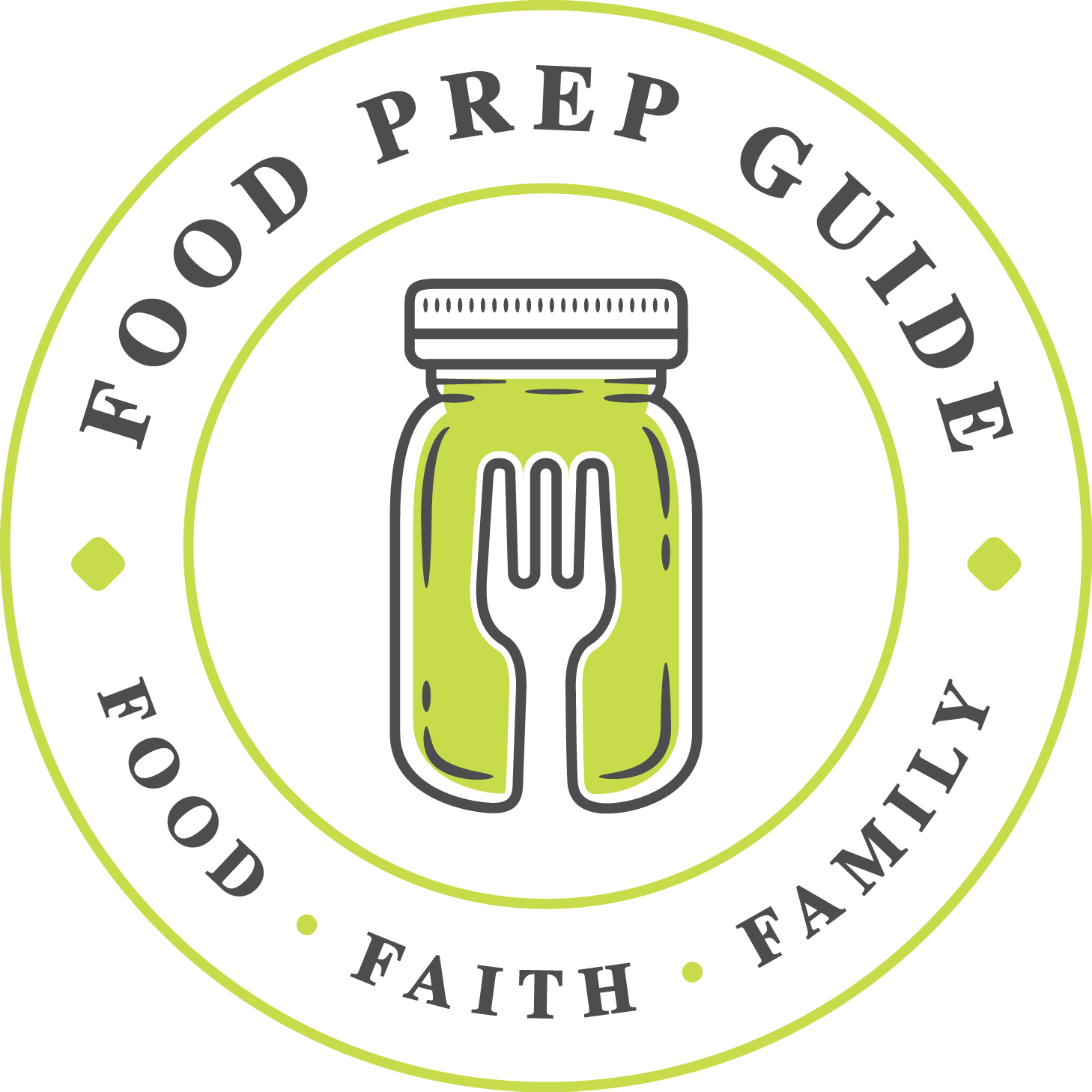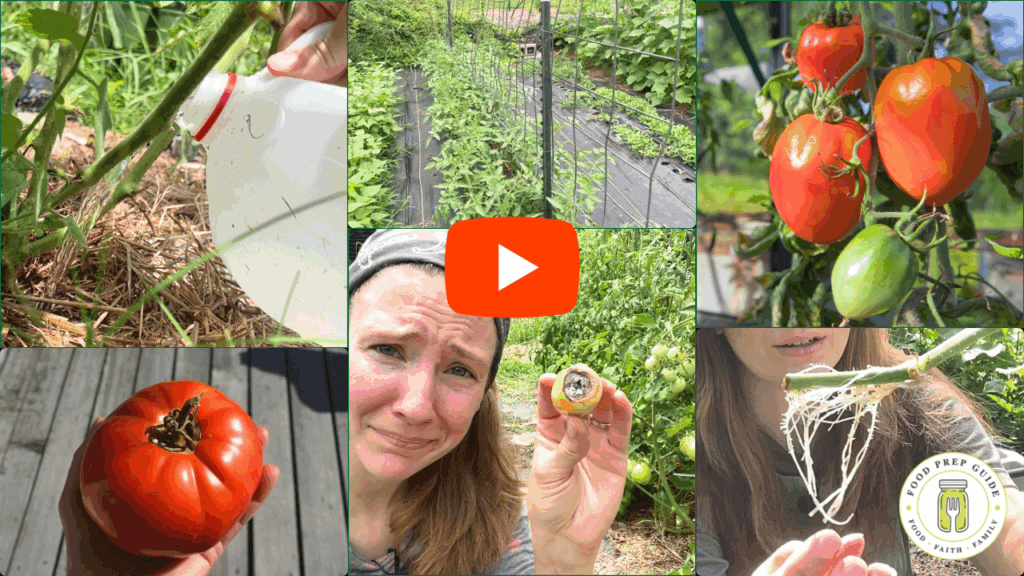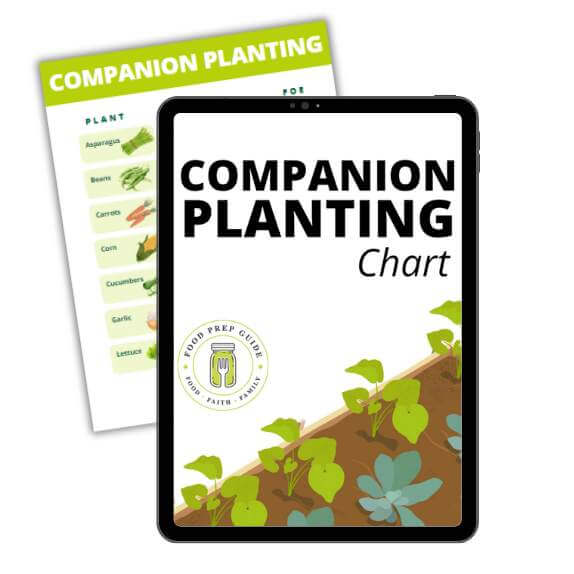Can you imagine harvesting twice as many tomatoes this season—with half the usual problems?
I sure didn’t… not until I started testing different growing methods that completely changed my garden game.
If you’re tired of sickly plants, split fruit, or bland tomatoes that never quite live up to the seed packet promise, stick with me.
These are practical tips, not fluff. No herbicides, no fancy gear—just smart, natural strategies used by home gardeners and commercial growers alike.
Let’s dig in!
1. Plant Tomatoes in a Trench, Not a Hole
Most folks dig a deep hole and drop the seedling straight in. But there’s a better way.
Trench planting means digging a shallow trench, laying the tomato sideways, and burying all but the top leaves. Tomato stems grow roots wherever they touch soil, and this method builds a massive, shallow root system.
That means:
- Better access to nutrients
- Stronger, more drought-resistant plants
- More tomatoes, period
We’ve done this side-by-side with traditional planting and the trench method wins every time.
2. Plant Peas First for a Nitrogen Boost
This one’s a hidden gem: Plant peas where your tomatoes will go.
Peas are nitrogen fixers, pulling nitrogen from the air and feeding the soil naturally. When they die back, their roots leave behind that nitrogen—perfect for young tomato plants.
Here’s how:
- Plant peas early in spring
- Cut them at soil level after harvest (leave the roots!)
- Then plant your tomatoes right in the same spot
The result? Lush, dark green foliage and faster growth in those critical early weeks.
Bonus: A packet of pea seeds only costs about $3—and you can save seeds next season.
Prices pulled from the Amazon Product Advertising API on:
Product prices and availability are accurate as of the date/time indicated and are subject to change. Any price and availability information displayed on [relevant Amazon Site(s), as applicable] at the time of purchase will apply to the purchase of this product.
3. Prevent Blossom End Rot with Calcium and Magnesium
Blossom end rot looks like black sunken spots on the bottom of tomatoes—and it’s heartbreaking. But it’s not a disease—it’s a calcium deficiency, and you can prevent it.
We use a CalMag supplement (calcium + magnesium), applied as soon as the first flowers show up. Not after fruit forms—by then it’s too late.
Prices pulled from the Amazon Product Advertising API on:
Product prices and availability are accurate as of the date/time indicated and are subject to change. Any price and availability information displayed on [relevant Amazon Site(s), as applicable] at the time of purchase will apply to the purchase of this product.
Apply every 10–14 days during fruiting season, and you’ll see:
- Fewer ruined tomatoes
- Healthier, stronger fruit
- Less frustration and waste
This little change reduced blossom end rot by over 80% in our garden.
4. Clone Tomato Plants for Free
Need more tomato plants? Don’t buy them—clone them.
When you prune indeterminate (vining) tomatoes, you’ll see “suckers”—little stems growing in the “V” where a branch meets the main stem. Snip those off, stick them in water, and they’ll root within a week.
Once rooted, you can:
- Plant directly in soil
- Add a second wave of tomato plants in late summer
- Extend your harvest right up until frost
Free plants from your own garden? Yes please! If you want a visual demonstration, check out this video tutorial.
5. Water Deeply, Not Daily
Tomatoes don’t like shallow roots. They grow best when you water deeply but less often.
Here’s the routine:
- Water 1–2 times a week
- Use 1–2 gallons of water per plant
- Aim for 6–8 inches of soil penetration
Skip the overhead watering—use a soaker hose, drip irrigation, or even a milk jug to deliver water right to the base. This helps prevent disease and keeps fruit from splitting.
The result? Stronger roots, more resilient plants, and juicier tomatoes.
6. Don’t Prune Determinate Varieties
Know what type of tomato you’re growing—because it matters.
Determinate (bush) tomatoes like Roma or San Marzano only grow to a certain size and fruit all at once.
Indeterminate (vining) tomatoes keep growing and producing until frost.
Here’s what you need to know:
- Don’t prune determinate tomatoes. You’ll reduce your harvest.
- Only prune indeterminate types, and only as needed.
Read those seed packets or tags carefully before you start snipping.
7. Pick Tomatoes at the Blushing Stage
Commercial growers know a secret: tomatoes don’t need to ripen on the vine to be flavorful.
Pick them when they just start to blush (light pink or orange), and let them finish ripening indoors. This:
- Prevents cracking, rot, and sunscald
- Keeps pests from stealing your harvest
- Gives you nearly 100% usable fruit
We’ve ripened tomatoes right on the dining room floor—no sunlight needed!
8. Force Ripen Before Frost Hits
Got a bunch of green tomatoes and frost is coming? Don’t lose your harvest.
Here’s what we do:
- 2–3 weeks before your first frost, stop watering altogether
- 1 week before frost, gently damage the roots with a shovel
The stress tells the plant to ripen everything it’s got. For picked green tomatoes, wrap them in paper with a ripe banana to speed up ripening with natural ethylene gas.
This method gives us 3–4 extra weeks of harvest after the season ends. It’s like bonus tomatoes for very little effort.
All eight of these tips are:
- Budget-friendly
- Backed by experience
- Simple to try
They’ve helped us double our harvest—and I truly believe they can do the same for you.













